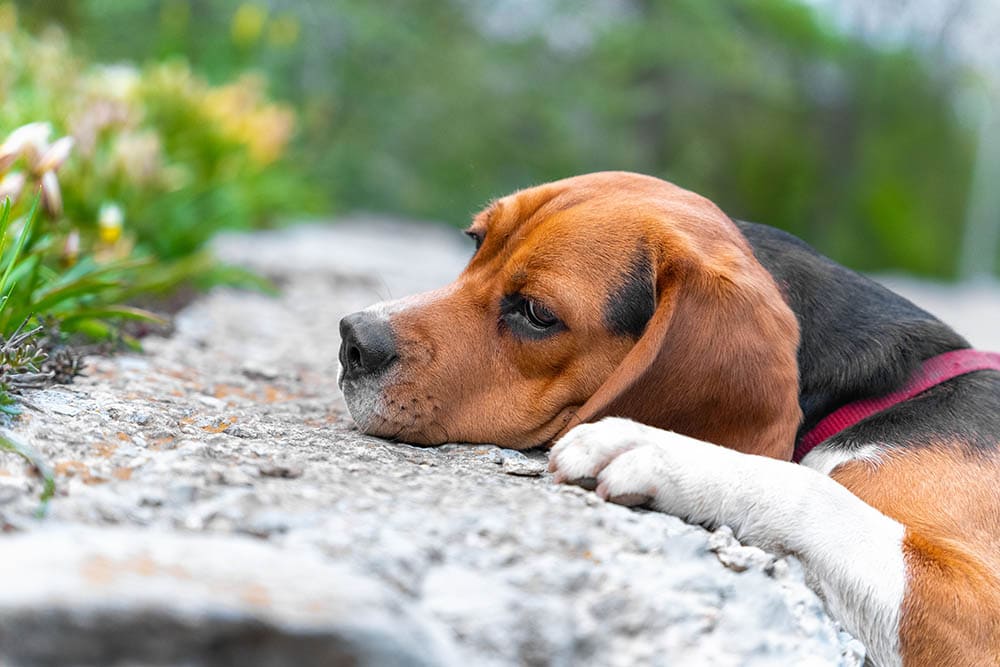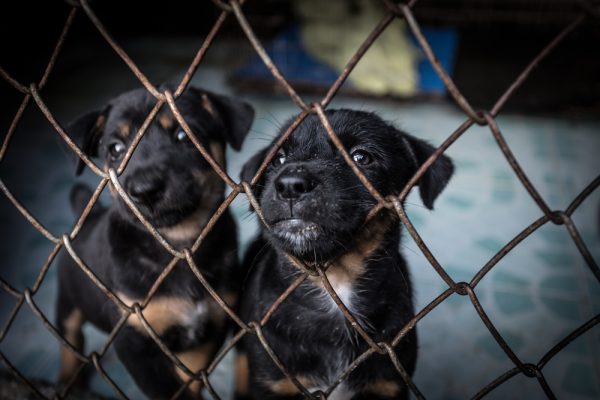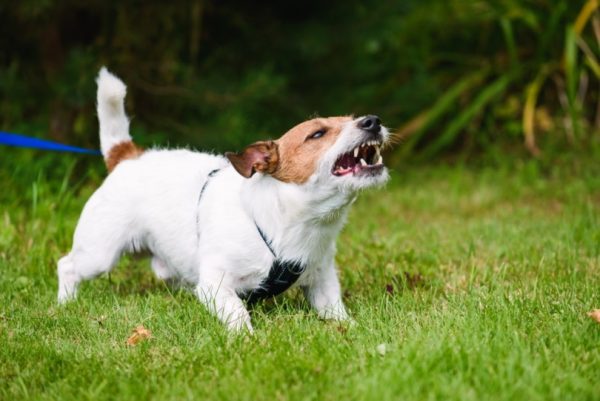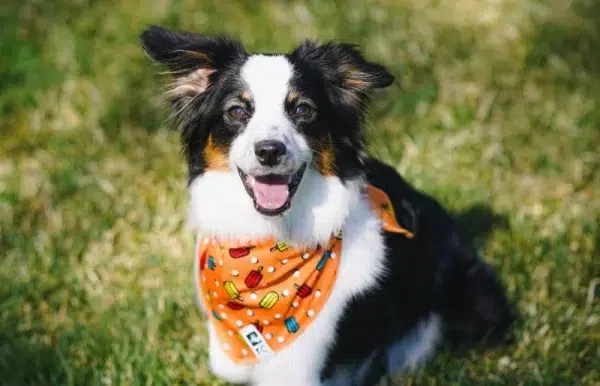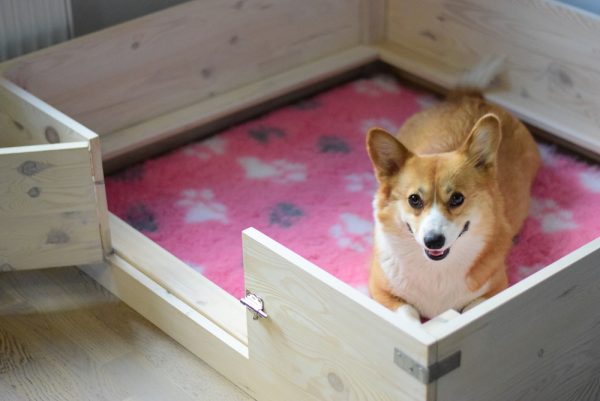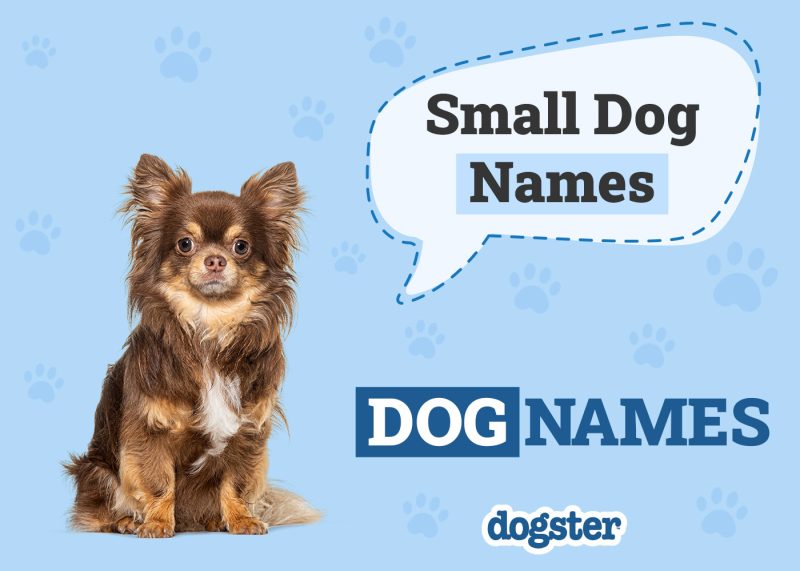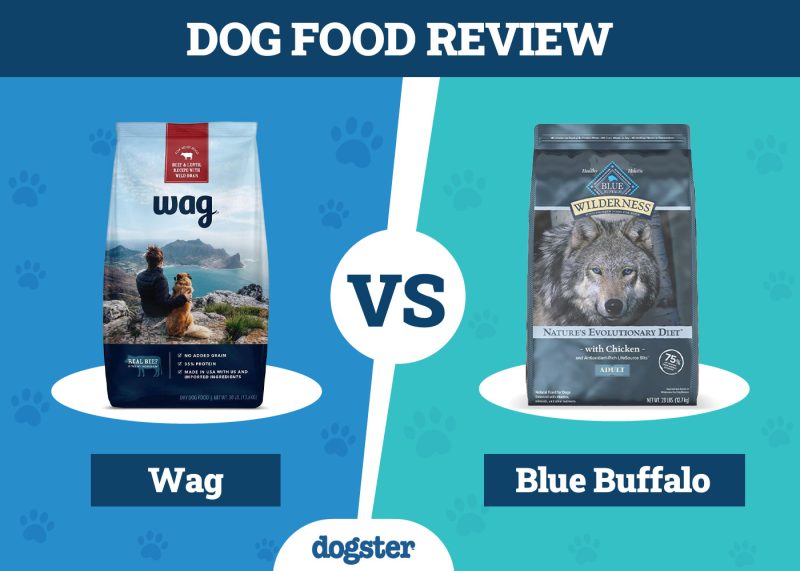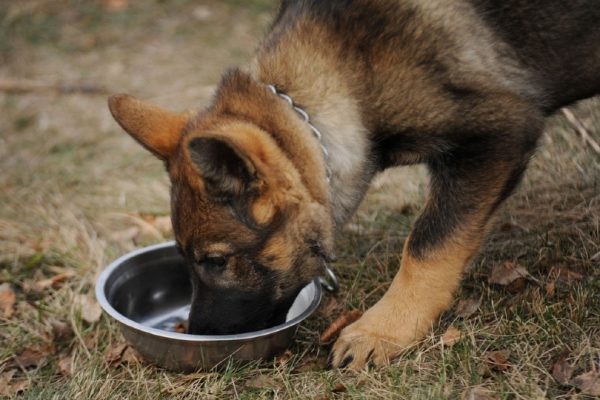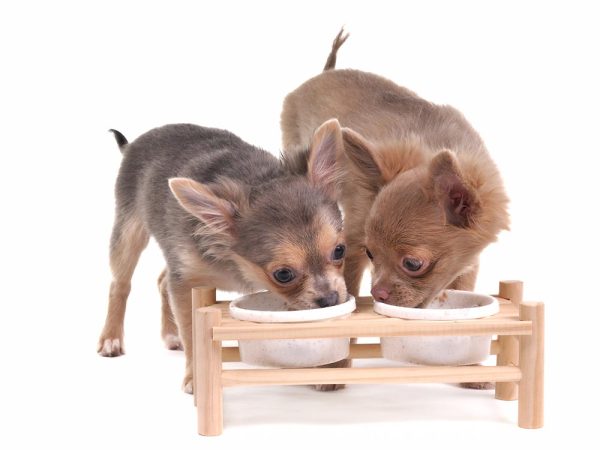In this article
Beagles are exceptional hunting dogs and scent hounds, but they’re also popular family pets. They come in multiple sizes and color variations, though they’re generally known for their striking black-and-tan coat, droopy ears, and charming facial features.
That’s not all they’re known for, however. Beagles are vocal dogs and can suffer from separation anxiety, which can manifest in destructive or disruptive behavior. This is a natural aspect of their personalities, but some behavioral modifications can make Beagles more secure and adjusted.

Are Beagles Prone to Separation Anxiety?
Separation anxiety is common in Beagles, which may be the result of their selective breeding. They were bred to hunt in packs to track wild game. This makes them friendly and social, but the drawback is that they are most comfortable in groups and enjoy having companionship.
Beagles develop strong attachments to other household members, so they may feel lonely and stressed if they’re left alone. The inability to cope with these feelings can lead to separation anxiety.
Top 4 Signs of Separation Anxiety in Beagles
Separation anxiety isn’t as mild as your dog missing you when you leave and being excited when you return. It’s an extreme attachment or dependence on family members, which can manifest into anxiety and stress when they’re left alone. This results in increased vocalization, such as whining or barking, destructive behaviors, or house-soiling.
1. Vocalization
Although Beagles are vocal dogs, one of the earliest signs of separation anxiety in beagles is excessive whining or barking. This may begin before they’re actually left alone. Beagles are intelligent and adapt quickly to routine, so your dog may notice habits like putting on your shoes or getting your car keys as signs that you’re leaving. The anxiety starts then, leading to whining or barking. The bark that comes from separation anxiety may be a higher pitch or more distressed sounding than a normal bark.
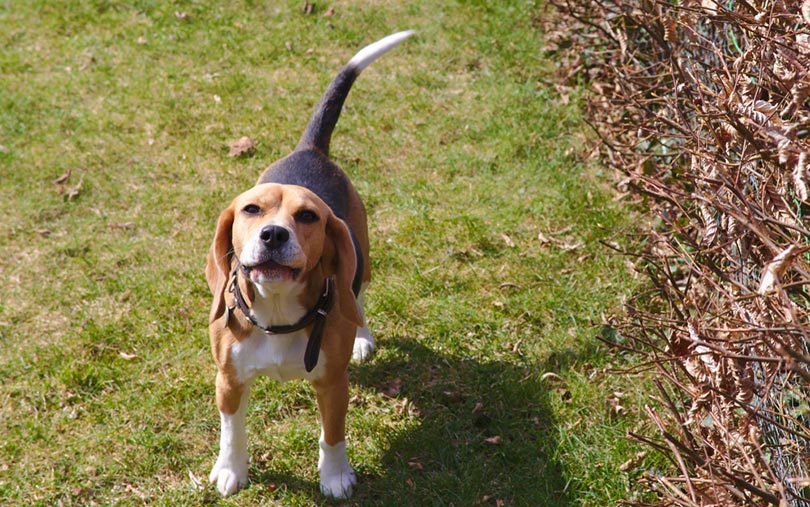
2. Pacing
Excessive pacing is another sign of separation anxiety. Your dog knows you’re leaving and may be restless and anxious, pacing around the house. Often, a Beagle will continue to pace out of worry for hours after their owners leave.
3. Escaping
Beagles are good escape artists and can dig or climb to get out of secure enclosures. If your dog has separation anxiety, that may increase their desire to find their way out of your secure yard, home, or dog kennel, which can be dangerous.
4. Destructive Behaviors
Severe separation anxiety can manifest in destructive behaviors, such as excessive chewing. This is a combination of anxiety and boredom or frustration, leading your dog to chew anything around them, including furniture, carpeting, or their paws or skin. Even if your dog isn’t typically a chewer, this behavior can appear if the separation anxiety gets bad enough.
Inappropriate soiling may also be part of this behavior. If your dog is usually housebroken and there aren’t underlying medical issues, such as a urinary tract infection, inappropriate soiling may indicate severe separation anxiety.
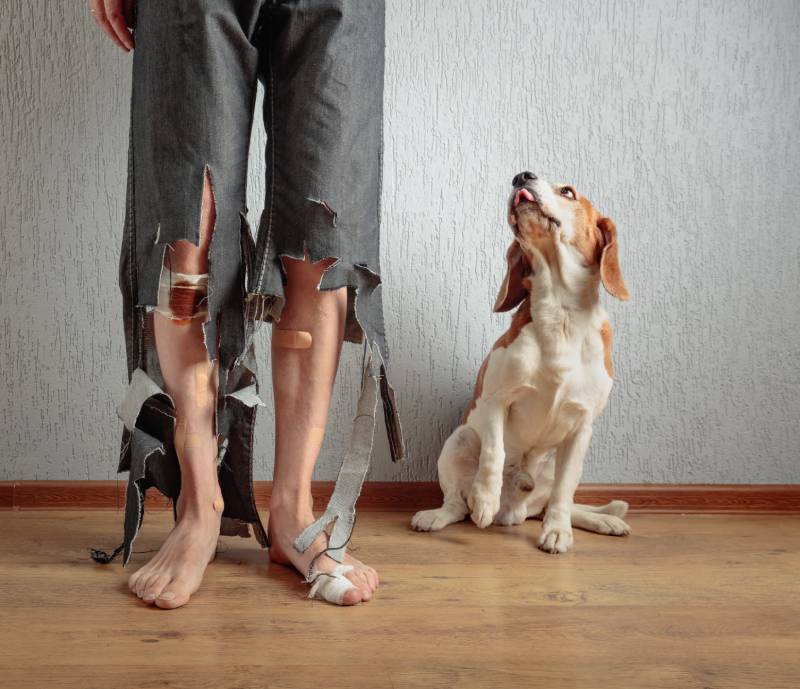

How to Correct Separation Anxiety in Beagles
Separation anxiety may seem harmless, but it’s not fun for your dog. If it’s allowed to continue, it can result in serious consequences. For example, your neighbors may complain about excessive barking, or your dog may chew on electrical cords and get electrocuted.
With proper training and enrichment, you can help your dog adjust better to your absence. Start with a predictable routine that allows your dog to feel secure when they eat, get attention, go outside, and go to sleep. Try to schedule these times as much as possible.
It’s important to give your dog adequate attention and playtime when you’re home. You should also provide enrichment for your Beagle when you’re out, such as chew toys or interactive toys that provide mental and physical stimulation.
Training your dog to accept you leaving the house requires consistency and patience. You have to reinforce independent behaviors and reduce attention-seeking behaviors. For example, work on leaving your dog alone for short periods and training them to enter their crate on command. If your dog tries to get attention or gets overly anxious, ignore them until they settle down. Work slowly to get longer periods of independence and less attention-seeking behavior.
Finally, if the separation anxiety is severe, consider crating your dog while you work on training. Destructive behaviors or escaping are not only bad for you, but they can be dangerous for your dog. Crating ensures your dog can’t get into trouble while you’re out. You can also contact your veterinarian or a behavioral specialist for help.
If you need to speak with a vet but can't get to one, head over to PangoVet. It's our online service where you can talk to a vet online and get the advice you need for your pet — all at an affordable price!

Conclusion
Separation anxiety is a challenging behavior that’s common in Beagles. If it’s allowed to progress, it can be dangerous and disruptive, and it’s unpleasant for your dog to feel scared, anxious, or stressed every time you leave the house. Consistent training and rewards, enrichment, and a safe environment can teach your dog to be more comfortable and secure while you’re working or running errands.
Featured Image Credit: Masarik, Shutterstock
